
 Факты и информация о породе померанских хаски
Факты и информация о породе померанских хаски
 Как разводить сибирских хаски
Как разводить сибирских хаски
 Информация о породе собак сибирской хаски
Информация о породе собак сибирской хаски
 Информационный центр породы собак акита – Полное руководство по акита
Информационный центр породы собак акита – Полное руководство по акита
 Информационный центр породы собак бордер-колли
Информационный центр породы собак бордер-колли
 Информационный центр породы собак бультерьер
Информационный центр породы собак бультерьер
 Информационный центр породы собак чесапик-бей-ретривер
Информационный центр породы собак чесапик-бей-ретривер
Сибирский хаски — арктическая порода, изначально использовавшаяся в качестве ездовых собак. В этом большом путеводителе по сибирским хаски вы найдете все, что хотели знать о породе хаски. У нас есть факты, веселье, фотографии и видео великолепных хаски. Вместе с советами, которые помогут вам найти свою собственную собаку хаски и ухаживать за ней.
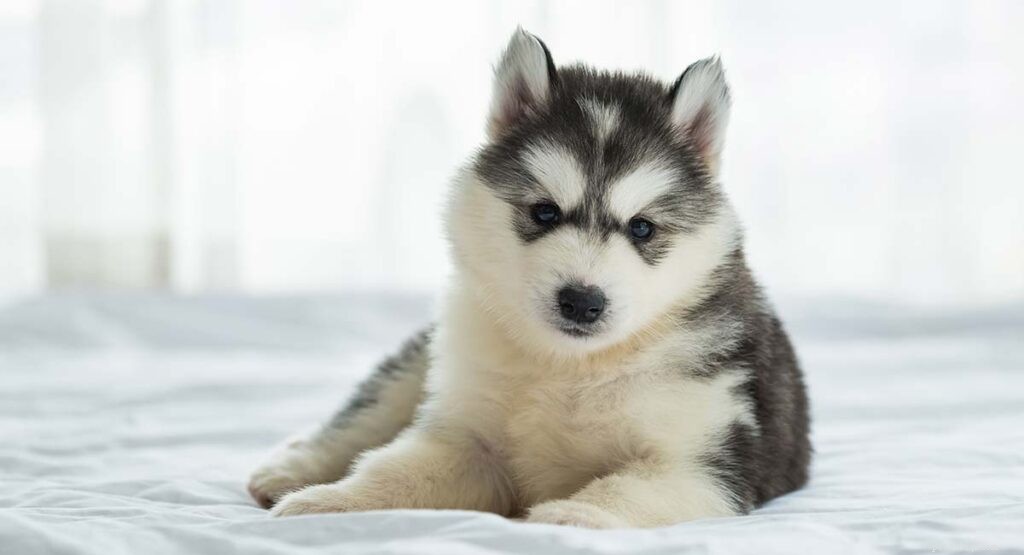
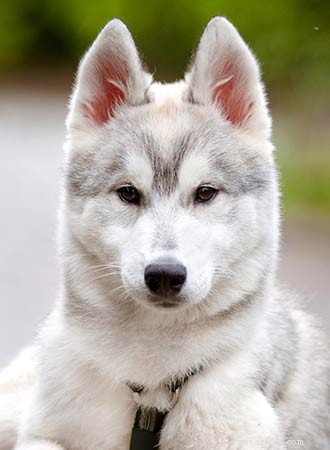
В каждом из разделов ниже содержится информация об этой необычайно красивой породе.
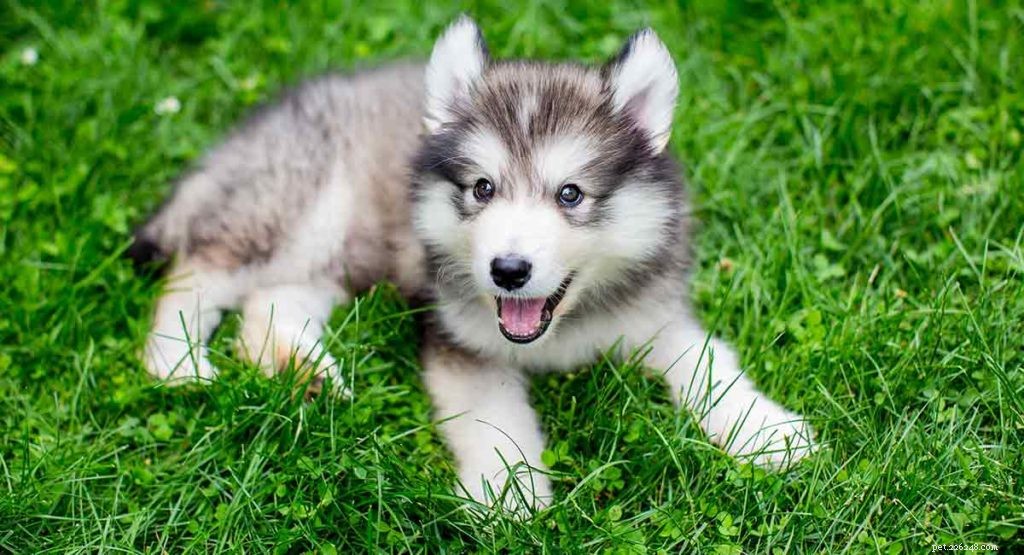
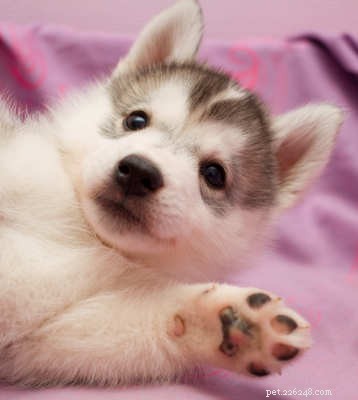

Ознакомьтесь с наиболее часто задаваемыми вопросами наших читателей по быстрым ссылкам ниже:
Или погрузитесь прямо в наш подробный обзор этой удивительной породы собак. Начнем с того, откуда взялся сибирский хаски.
Сибирский хаски, также известный как арктический хаски, является членом Рабочей группы собак. Как и следовало ожидать, порода родом из Сибири, где она имеет богатую и устоявшуюся историю жизни и работы с людьми.
Сибирских хаски разводили на протяжении тысячелетий как компаньонов для охоты, путешествий и проживания полукочевых чукчей. Впервые хаски были экспортированы на Аляску и в Канаду в 1908 году для использования в качестве ездовых собак.
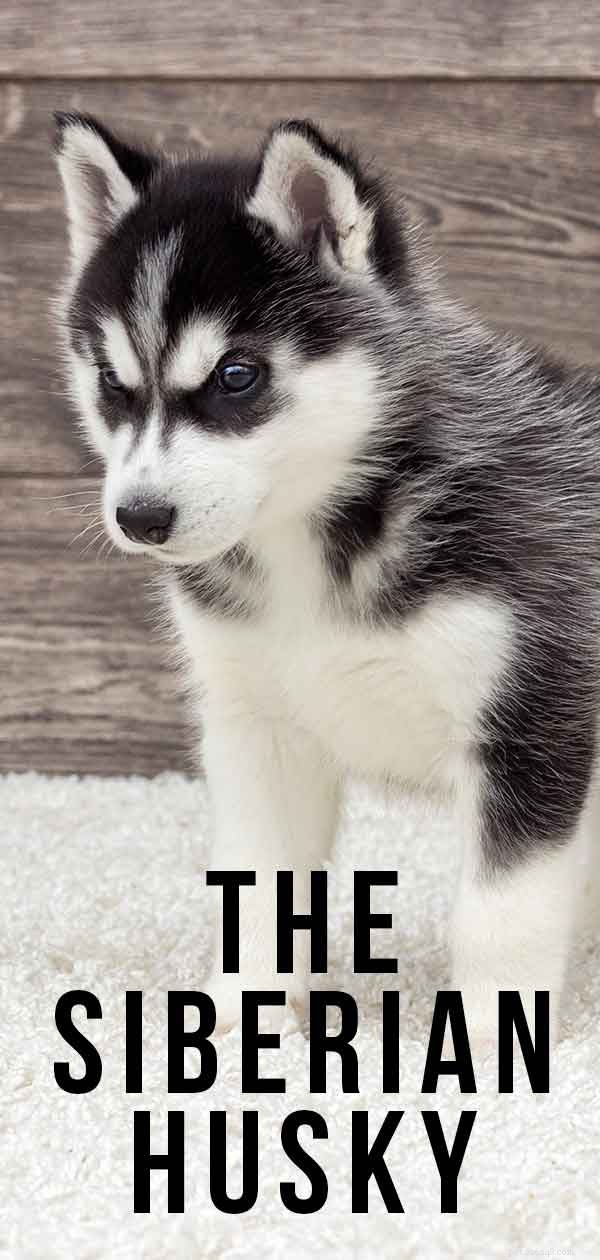
Первоначально их высмеивали за то, что они намного меньше и менее тяжелые, чем нынешние ездовые собаки. Но их быстро признали сильными и эффективными бегунами.
Всего за несколько лет эти мощные собаки стали регулярно соревноваться и занимать призовые места, а также пользовались большим уважением в кругах ездового спорта. Они преодолевали огромные расстояния и были самыми легкими и быстрыми из пород ездовых собак.
Только в начале 1940-х годов они добрались до Соединенного Королевства, где двадцать лет спустя, в 1960-х годах, они прочно утвердились как порода.
До 1990-х годов хаски в Великобритании разводились преимущественно группой заводчиков, которые намеревались сохранить их как добрых, общительных, здоровых домашних животных, компаньонов для работы и выставок.
Однако в последние годы в этой модели произошел сдвиг, поскольку их популярность резко возросла, и заводчики с разными стандартами и целями поднялись, чтобы удовлетворить этот спрос.
Таким образом, хаски, которых вы увидите сегодня, более разнообразны по типу и темпераменту, чем те, что были всего несколько лет назад. Хотя в целом они сохраняют характерную волчью внешность, с которой мы знакомы.
В 1925 году сибирские хаски действительно приобрели известность в более широком масштабе, когда упряжка собак протащила упряжку со спасительной дифтерийной сывороткой более чем на 600 миль, чтобы доставить ее нуждающемуся населению.
С этого момента они были экспортированы в Канаду и Америку, путешествуя по странам и демонстрируя свое гоночное мастерство.
Так что у хаски даже есть история спасения жизней! Это такие популярные собаки, вы можете увидеть множество знаменитостей, которые владеют ими!
В список вошли:Рита Ора, Джаред Лето, Бен Стиллер и Тейлор Лотнер!
Сибирский хаски внешне очень похож на волка. С пропорциями и чертами, характерными для их предков, такими как стоячие уши, сбалансированные пропорции и хвост из щетки для бутылок, все еще очень очевидны.
Созданные для выносливости и скорости, они редко бывают тяжелыми. Вы увидите, как они двигаются изящно и плавно.
Они должны были быть сильными, чтобы тянуть сани на большие расстояния, и быть в хорошей физической форме, чтобы продолжать делать это часами.
Возможно, самой яркой чертой хаски является его шерсть.
Окрасы меха хаски необычны с точки зрения принятой гаммы оттенков.
Кеннел-клуб заявляет, что разрешены «все окрасы и отметины, включая белый». Это не то, что вы видите в большинстве стандартных описаний пород собак, и это достойная дань невероятному диапазону оттенков хаски, которые вы можете найти. От бледно-белого до темно-коричневого, до сочетания всех оттенков между ними.
Их мех разбросан по телу густой и пышной двойной шерстью средней длины. Отдельные волоски должны быть прямыми, гладкими и мягкими на ощупь.
Самцы сибирских хаски в целом вырастают крупнее и тяжелее своих собратьев-самок. Средняя собака весит около 50 фунтов, а средняя сука – около 40 фунтов во взрослом состоянии.
Вы можете ожидать, что ваш кобель хаски вырастет до 60 см в высоту, а суки чуть ниже, максимум около 56 см в соответствии со стандартом Английского клуба собаководства.
Хаски можно сделать намного меньше, но это может привести к увеличению проблем со здоровьем.
Сибирские хаски имеют репутацию таких же холодных, как климат, из которого они родом, но это определенно неправда. Хотя они, конечно, не цепкие собаки физически, они считают важным быть рядом со своими собачьими и человеческими семьями.
Они любят быть в компании и быстро расстраиваются, если их оставить одних на долгое время.

Можно сказать, что хаски сдержанны по натуре, но уж точно не подозрительны. У них нет сторожевого опыта, и они обычно принимают других собак и людей.
Они не будут охранять ваш дом вместо вас, но и не заставят ваших гостей чувствовать себя нежеланными.
Не принимайте их доброту к незнакомцам за отсутствие лояльности и любви к своей стае, эта общность — огромный бонус в домашней собаке, которым нужно дорожить. Это не обесценивает их любовь к вам, а наоборот, усиливает ее.
Они также невероятно игривы и любят выплескивать свою чрезмерную энергию, подпрыгивая.
Классический образ хаски, тянущего упряжку со своими друзьями, подскажет вам, что они, как правило, хорошо ладят с другими собаками. На самом деле, они редко бывают счастливее, чем в компании своих собратьев.
Однако это не означает, что они потерпят, чтобы другая собака бросила им вызов. Они могут не начать драку с другой собакой, но если другая собака затеет драку с ними, они, вероятно, закончат ее.
Поэтому рекомендуется избегать очень маленьких «болтливых» собак, с которыми вы сталкиваетесь на прогулке со своим хаски, ради безопасности дерзкого малыша.
Если хаски жил с кошкой с первого дня, то, вероятно, он продолжит принимать ее как часть своего дома. Однако было бы предпочтительнее не давать им возможности проверить эту теорию.
Как порода они очень склонны к добыче и, как известно, убивают кошек, а также других домашних грызунов. Они не будут просто гоняться за ними или раздражать их, они также часто будут ловить и убивать. Вероятно, это результат того, что поколениям жителей Сибири разрешалось самим обедать.
Поэтому не рекомендуется рисковать, а если у вас есть кошка, пока искать другие варианты породы.
Сибирские хаски славятся тем, что хорошо ладят с детьми. В течение сотен лет чукчи держали их в качестве рабочих и живых компаньонов, которые работали с ними, но также жили с ними в очень тесном контакте.
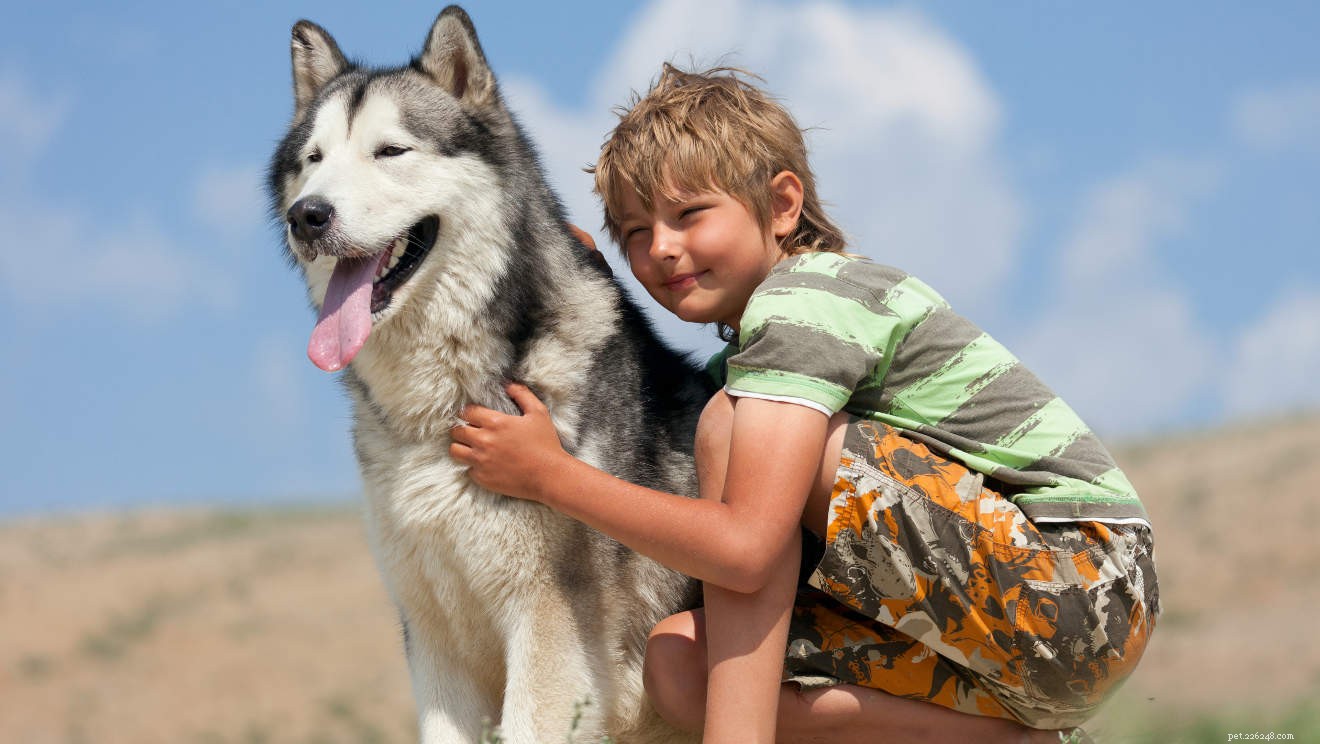
Скорее всего, любое плохое поведение по отношению к детям, с которыми они проживали, недопустимо, и поэтому собакам, которым было позволено продолжать производить новых щенков, были только те собаки, которые были счастливы подвергаться непредсказуемому поведению детей.
Вероятно, это способствует тому, что у хаски отсутствует охранный инстинкт, и они чувствуют себя как дома в компании людей любого возраста.
К их чести, они также сообщают об этом, когда несчастливы, поэтому подавайте четкие сигналы своим семьям, чтобы они могли воздерживаться от нежелательного поведения, прежде чем оно выйдет из-под контроля.
Однако помните, что даже самая милая собака остается собакой. Детям никогда нельзя позволять раздражать или беспокоить собак, и они всегда должны находиться под присмотром в их компании.
Использование клетки, чтобы дать собаке возможность иметь собственное пространство и место для побега, поможет уберечь ее от чрезмерного расстройства.
Другая причина контролировать их совместную деятельность заключается в том, что хаски очень игривые и подвижные собаки. Маленькие дети могут быть случайно сбиты с ног своими крупными пушистыми товарищами по играм.
Хаски очень крикливы, хотя нельзя сказать, что они много лают. Они не являются естественной тявкающей или сумасшедшей породой, как, например, терьеры. Они гораздо больше похожи на представителей семейства гончих и склонны к вою.
Они не только очень похожи на волков своего древнего прошлого, но и звучат точно так же. Навязчивый и затянутый шум, он не всем нравится. Особенно, когда это продолжается в течение длительного периода времени или в необщительные ночные часы.
Если у вас их больше одного, у вас также может быть склонность к коллективному выть. Этот ответ также может быть вызван сиренами, что не подходит для оживленной жизни в центре города.
Если у вас есть близкие соседи или вы живете в застроенном районе, ваш растущий хаски может вызвать у вас проблемы с теми, кто живет поблизости. По этой причине они лучше подходят для более удаленных мест.
Сибирский хаски не известен своим кооперативным интеллектом, по крайней мере, не в том смысле, в каком мы бы оценили его с точки зрения человека. Это потому, что они не были выведены, чтобы следовать сложным инструкциям и работать с людьми так же, как овчарки или подружейные собаки.
Это ни в коем случае не означает, что они глупы или неспособны к обучению, особенно при использовании современных методов обучения с подкреплением. Просто они мотивированы другими вещами, а именно стремлением к добыче и необходимостью бежать.
Теория доминирования сейчас устарела, поэтому вам будет приятно услышать, что нет необходимости заставлять вашего добродушного хаски думать, что вы управляете насестом. Они также невероятно выносливые собаки, поэтому наказание, даже если вы предпочитаете его как методологию, все равно не подходит для этой породы.
Лучше всего они будут проводить последовательную тренировку с положительным подкреплением с того дня, как придут с вами домой, чтобы помочь им увидеть в вас великолепный источник очень вкусной еды и очень веселых игр.
Владельцам хаски очень важно тренироваться в полностью закрытом помещении, так как начинать нужно с первого дня и вырабатывать хорошие привычки с помощью тренировок с положительным подкреплением.
Даже у живой и независимой хаски в молодом возрасте будет зависимая фаза. Очень важно, чтобы вы максимально использовали эти первые дни и недели, чтобы заложить прочный фундамент для будущего послушания. Особенно с точки зрения отзыва.
Упражнения на каблуках-кликерах и тренировки припоминания должны быть вашими приоритетами, чтобы ваши будущие совместные прогулки были менее напряженными.
Важным соображением для потенциального владельца хаски, возможно, самым важным, является потребность в физических упражнениях.
В них глубоко укоренилось отчаяние, и им нужно бежать. Эти собаки марафонцы, а не спринтеры. Им нужно очень много упражнений в постоянном темпе. Возможно, до двух часов каждый день.
Если вы любите бегать трусцой, байкер или турист, ваш хаски будет рад составить вам компанию на длительных подсказках на свежем воздухе. Они также любят работать так же, как их предки, тащить сани группами и участвовать в гонках.
Несмотря на его любовь к физическим упражнениям, еще одним коварным аспектом заботы о хаски является его склонность убегать на прогулке. Вам нужно будет сделать все возможное, чтобы обезопасить его, и вам не нужно будет возиться с другой породой собак.
The Siberian Husky has an incredibly high prey drive, this means that unless he has a rock solid recall he is likely to lose sight of you on a regular walk off-lead.
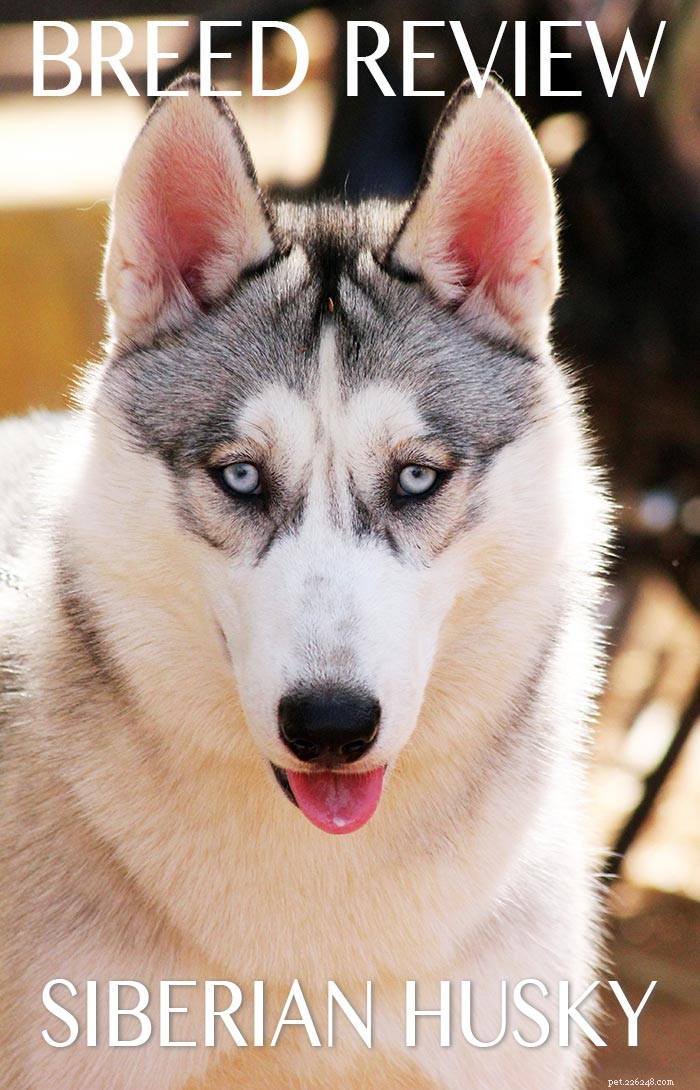
Harness and line are advised by many breeders as off-lead as a full grown husky will tend to roam or run away chasing the wildlife. They have a strong instinct to run and to not just pursue but kill prey animals.
Unfortunately, Huskies are bred to run and pull. This means that they are not the easiest animal to have on a lead either. A harness is therefore essential not only to prevent your dog choking himself on a collar, but to help you maintain control.
Whilst training a good recall with a husky will be hard due to his natural impulses, it is something that you will benefit hugely from committing to and is by no means an impossible dream.
But it will need to be intensely proofed throughout the first months and possibly even years of the lives, and even then it would not be wise to let them off leash in an area where there is a chance of wildlife or local cats poking their heads up for a look.
It is also tough to teach a recall as the Husky loves running so much, making this more rewarding to him than any treat you might have in your pocket to offer him.
The safest way to exercise a Husky is in an enclosed space, potentially with other well-behaved dogs for company.
When compared to some breeds of dog, Siberian Huskies are rather healthy, often living into their mid-teens.
However, there are some common Husky health issues that can impact this breed. You will need to understand what they are and how best to lower the odds of your puppy growing to suffer from them before you choose him.
Let’s take a look.
Eye problems are sadly not uncommon in the Siberian Husky breed, and estimates come in at around 10% of them being affected in some way.
These eye diseases come in several different forms, so it’s important to be aware of each one and what you can do to reduce the chances of your new puppy being affected.
Vogt-Kyoanagi-Harada, also known as uveodermatologic syndrome. This is a nasty condition that frequently recurs and often results in blindness. Symptoms include red painful eyes, skin pigmentation and whitening of the hair.
Thought to affect 10% of the breed, cataracts are of concern to husky enthusiasts.
Research is currently being carried out to discover more about their prevalence in this breed, and it is hoped that a DNA test will be available for breeders to use in the future. However, at the moment you will need to ask your breeder whether there is a history of them in your pup’s parents lines.
Progressive retinal atrophy is a common issue amongst pedigree dogs of any breed, and is seen in huskies. Fortunately, the Optigen test is available, which wil tell you whether your puppy’s parents are affected.
Make sure both parents have been shown to be Optigen clear before agreeing to your new pup to ensure that he will not become blind as a result of PRA.
Entropion and corneal dystrophy although less common can also impact upon the Siberian Husky’s health.
As you can see, eye problems are a serious matter for this breed. There have been attempts over a couple of periods in the past for eye registries to be set up to address this problem, both for the general dog population and for Siberian Huskies specifically.
If you are purchasing a puppy, you can ask the breeder to provide evidence their dogs are SHOR or CERF registered. These lists require dogs to have been eye tested and therefore give you a reduced chance of having an affected puppy from their progeny.
Skin problems in Huskies are fairly common too. With two main culprits, follicular dysplasia and the results of zinc deficiency.
Follicular Dysplasia causes patches of hair loss and scaly sore skin. Genetic condition that can be treated with medicated shampoos, but cannot be cured. Usually displayed signs from four months onwards.
Zinc deficiency is a big problem for some Huskies. Their original diet was very high in fish and fat. The lack of zinc in modern diets can cause a condition known as zinc responsive dermatitis. Where the low levels result in itching and fur loss. Fortunately, this is easily treated by your vet, with a zinc additive.
Deafness can be a factor for Husky owners. Although this is not life-threatening, it is an inconvenience for your dog and you as an owner and therefore best avoided.
Deafness in dogs is often associated with the white pigment in their fur, therefore white Huskies are more likely to be affected with this condition.
This variety of deafness is normally apparent from the time the pup’s ear canals are open at a few weeks old.
For a larger breed of the dog, the Siberian Husky is refreshingly low in terms of hip dysplasia. Possibly due to their being bred as running dogs, and therefore natural selection allowing the breeding of those with good joints in their early days.
This does not mean that potential buyers need not worry though, as your husky will love to exercise so much he will need to be in excellent health. Make sure you see the hip certificates of both parents before you purchase a puppy regardless.
Other generalised health issues affecting the breed include Hypothyroidism, Bloat and Haemophilia. All of which a Husky has an elevated chance of suffering from.
Any condition that a Husky may suffer from should have been considered by your breeder. Ensure that any health tests which could potentially be carried out have been.
Any conditions that there are no tests for should be discussed, with reference to the pups parents, grandparents and ideally great-grandparents too.
Your breeder should appear open and honest on all counts, and demonstrate that they have actively tried to breed only from healthy examples of these wonderful dogs.
Although Huskies are not notorious picky eaters, you will need to give careful consideration to their dietary needs. This will reduce the chance of them suffering from zinc deficiency as mentioned above, as well as catering to their established digestive systems.
High cereal or carbohydrate content in kibble is not recommended for Siberian Huskies.
You can also help to reduce the chances of your puppy suffering by feeding him on a higher protein diet, with oily fish.
Raw food diet with a generous quantity of fish would suit most Huskies best. A purely raw diet high in fish is ideal for this breed.
The Siberian Husky is not difficult to groom. Their coat is medium length, and although it looks very fluffy it is actually easy to manage.
Twice a week brushing will suffice to keep it looking great, although you may choose to do so more often to decrease the amount of fur they shed in your home.
Huskies moult all year round, but excessively shed twice a year in Spring and Autumn.
Lots of excess hair will be spread around your house, however careful you are.
A good vacuum cleaner that is specifically designed with pet hair removal in mind is vital.
You can use this and regular outdoor grooming of your Siberian Husky to stay on top of the shed fur situation.
Siberian Huskies can make fabulous pets in the right homes. But they are not a perfect fit for every family, as they have some unusual requirements.
To be the right home for a Husky, you need to have a lot of free time. Both to dedicate to training and to exercising this high drive dog.

The house itself does not need to be massive, although you do need to have space for a large dog and his wagging tail to relax and pad about. An enclosed garden however, is essential.
Siberian Huskies are notorious escape artists. They love digging and can jump very high. You will need a six foot fence at least, with at least a few inches of foundation under the ground.
You will preferably have no close neighbours, or ones who are very tolerant when it comes to howling.
Your dog will also run a lot, so if you are garden-proud you will need a dedicated area for your husky to exercise, with a secured section for your treasured plants to avoid a daily trampling.
A sandpit for them to dig in would be a great addition.
Combining any puppy and full time work is tough going without taking time off or employing help for several weeks. With a Husky, this issue is magnified.
They love company, and become miserable and bored when left alone for hours This will inevitably lead to destructive behavior and howling. Not great for your home or your neighbours.
If you work full time and have your heart set on a Husky puppy you will need to make arrangements for full time doggy day care. Either at a doggy day care center or with a family member who is happy to look after them whilst you are out. Unfortunately, a dog walker calling in once a day will probably not suffice given his great need for companionship.
On the bright side, any relative who agrees to spend the day with them should be in very easy and fun company, as long as you have given them a good walk before dropping them off.
If you are confident given what you have read above that you have the time, space, and situation appropriate for a Husky then the next thing you need to do is make sure you pick the right puppy.
If you’re not fussed about getting a puppy, consider rescue dogs. This is a great way at giving a Siberian Husky a second chance at a great home.
Plus, rescue centers will normally be able to give you a bit more information about the personality of the dog you’re welcoming home.
Click here to jump to our list of Husky rescue societies.
In the past ten years the popularity of the Siberian Husky has soured and as a result a lot of unethical or misguided people have begun to breed them.
It is vital that you pick your puppy from a breeder who is interested in the continued health of the breed and not just looking to make money.
The right husky breeder will ask you a lot of questions. They will seem very nosey, asking about your personal situation. Where you live, how you will devote time and energy to your puppy in the early days and throughout his life.
They will want to assure themselves that you are the right home for their precious puppy. Please don’t be put off if they seem intrusive, this is actually a really good sign in a breeder.
They will probably not breed any other types of dogs. If they have several litters from different breeds, especially those from different groups of dogs (toy dogs, for example), they might not be the right breeder for you. Take a look at this article for how to spot a puppy farm, because they are not as easy to pick out as you might think.
A good breeder should be open and clear about the dog’s parentage, providing you with certificates to back up their health testing claims. The dog should be a part of the family and have a purpose in their lives beyond making puppies.
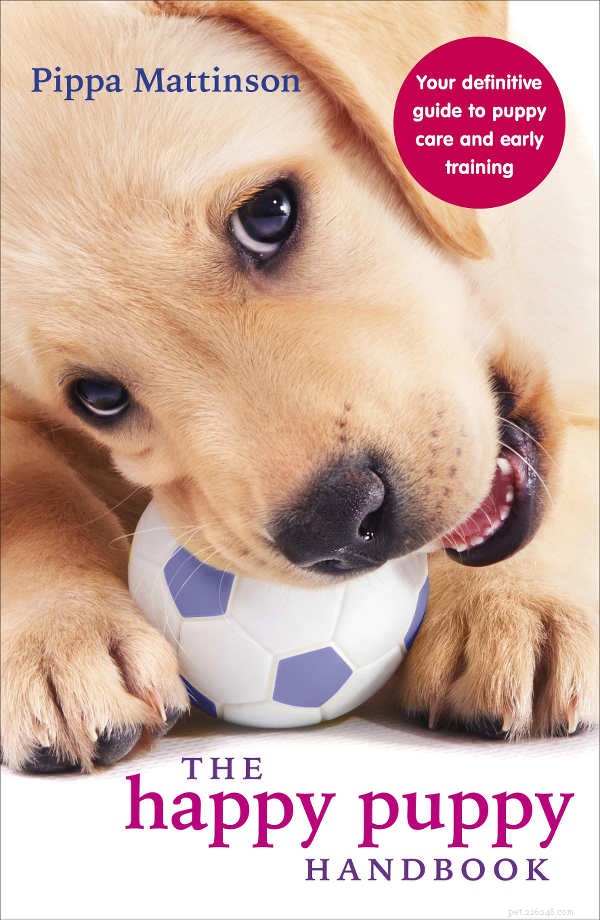
The mother of the pups should be quiet and confident. She won’t necessarily want to smother you in kisses, but she should seem at ease in the company of strangers and have a relaxed demeanour as well as a healthy appearance.
Do not pick the cheapest Siberian Husky puppy. Remember, the majority of their cost to you will in fact come over the next 15 years or so of their lives, in terms of insurance, feeding and equipment.

A good breeder will have carried out all the relevant health tests, which do not come cheaply. You will probably pay between, depending upon where in the country you are.
Caring for a vulnerable Siberian Husky puppy is a big responsibility. There are some great guides to help you with all aspects of puppy care and training.
You’ll find them listed on our puppy care page.
If you are looking for a Siberian Husky puppy, then you will probably come across numerous adverts for Siberian Husky Mix puppies.
Buying a mix breed puppy is not necessarily a bad thing. Cross bred dogs in general live longer, and it is good for the general gene pool of pet dogs that mixes between pure breeds occur.
This said, make sure the breeder is crossing two dogs together for the right reasons.
Both parents should still be fully health tested for any conditions that might affect their breed. You as a puppy buyer should be aware that when buying a mix breed puppy they could inherit physical and temperament characteristics from either parent breed. Make sure that you meet both parents before committing to your puppy.
We’ve got some great guides to Husky mixes below. Take a look at a few of them to see if a Husky mix could be right for you.
If you’ve ever wondered how a Siberian Husky really compares with other breeds of dog, we’ve got guides to help with that too!
Check them out here:
Now we’ve looked at everything to do with the Siberian Husky, you might be unsure if it’s right for you.
If you’re still on the fence, you might want to take a look at some of these similar breeds to see if they would be better suited to your family:
Let’s recap all of the pros and cons of the Siberian Husky breed.
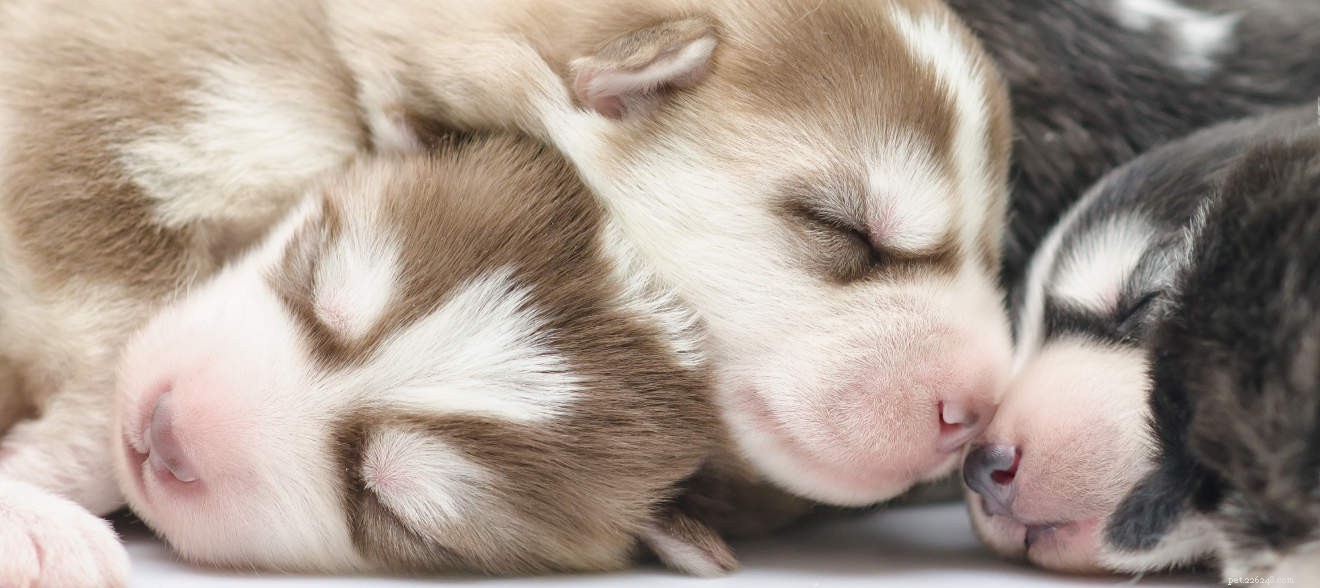
Huskies are loud breeds that like to ‘talk’ to their families.
They cannot be left alone for long periods of time.
These dogs require a LOT of exercise.
Siberians aren’t suitable for homes with other small pets.
They also have high grooming requirements.
Huskies are really friendly pets!
They get on well with other dogs and children.
If you’re an active family, they’ll be a great fit.
They aren’t likely to show guarding tendencies to strangers.
Preparing for a puppy is hard enough. But when it’s an energetic, playful Husky puppy, it can seem even harder!
Luckily we’ve got plenty of amazing product guides to help you get the absolute best.
Check them out here.
Here are some breed centers that specialise in Siberian Huskies.
If you know of any others, please mention them in the comments so we can add to this list!
And make sure to tell us all about your own Siberian Husky!
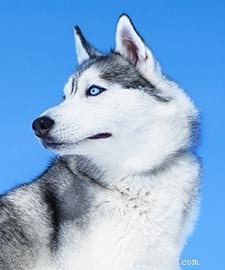

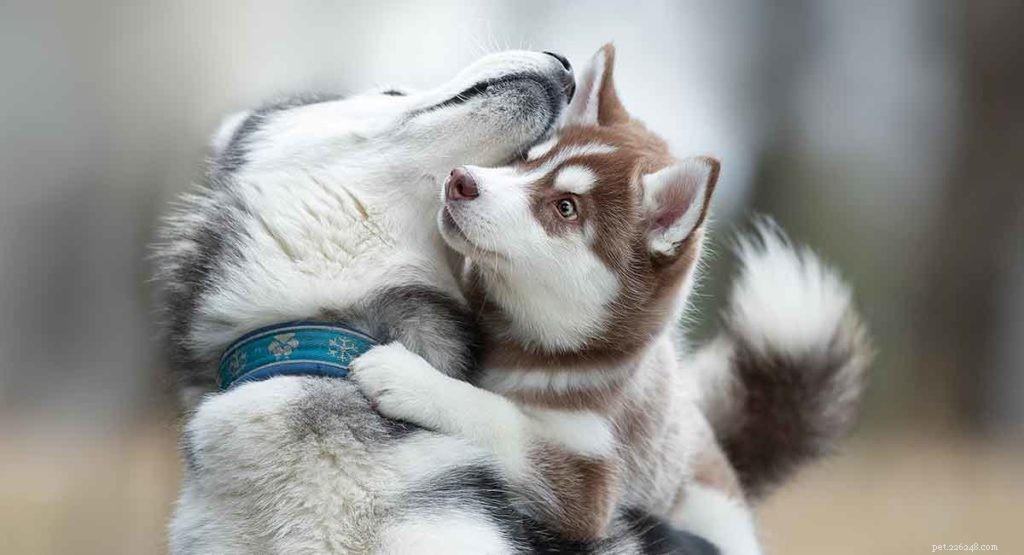
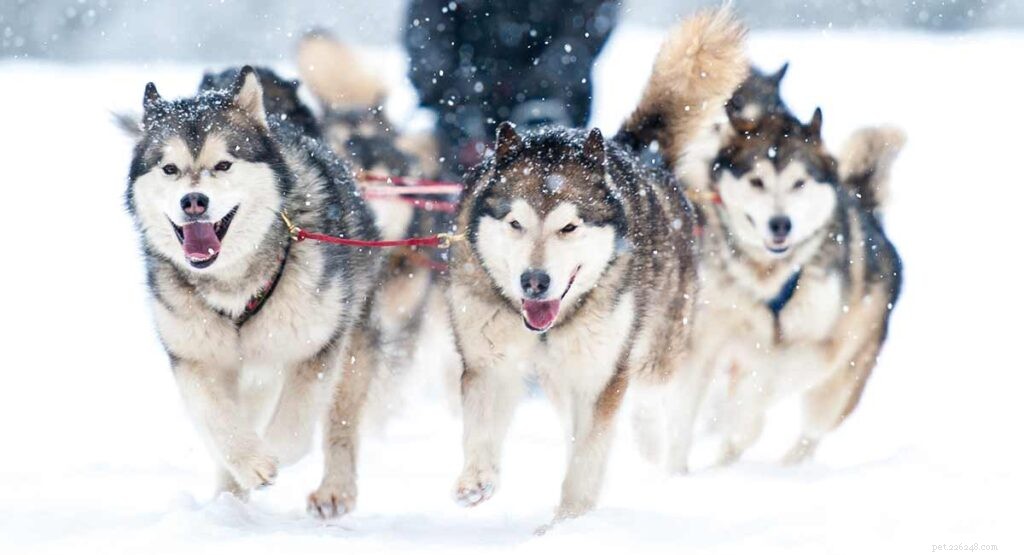

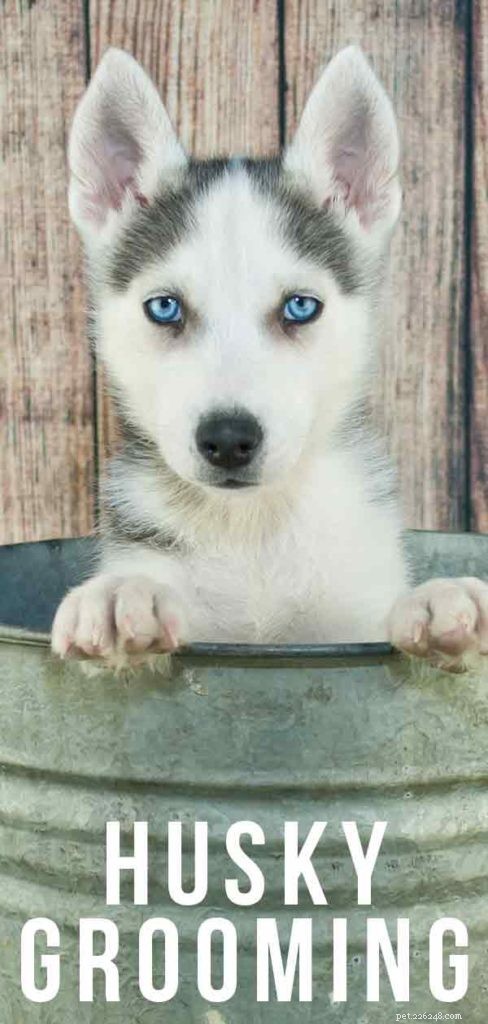

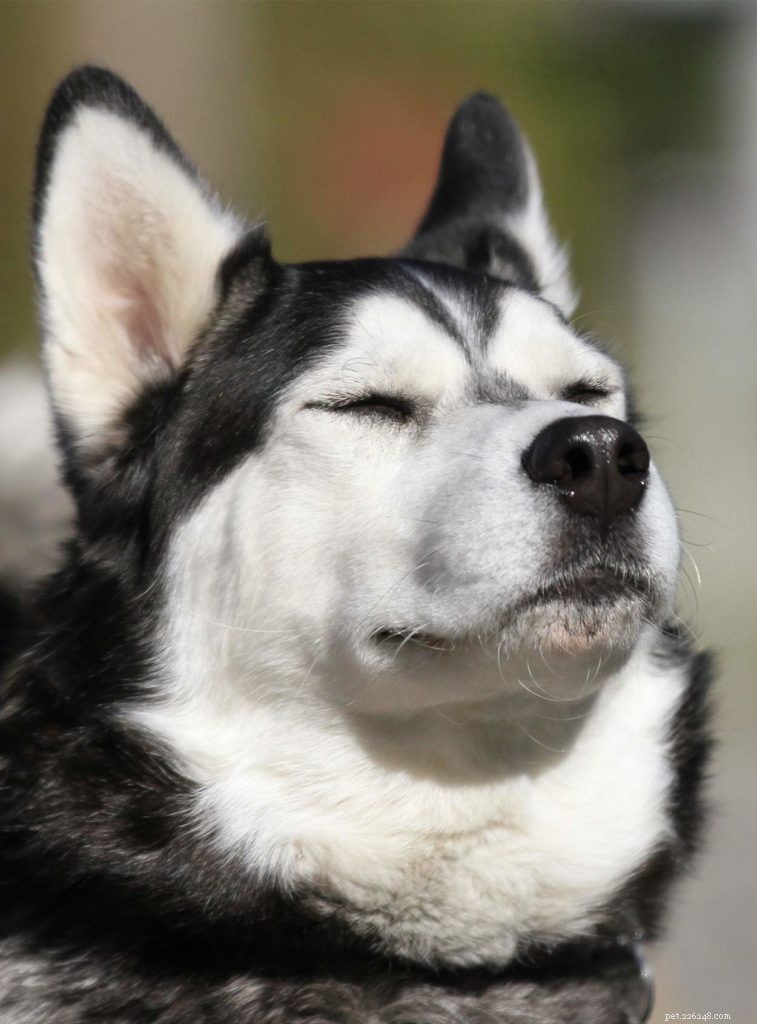

Типы кунхаундов Американская черно-подпалая кунхаунд — самая популярная охотничья собака из группы гончих. Это феноменально смелая и энергичная собака, в основном используемая для охоты на енотов. Конечно, существует много других разновидностей кунхаундов, и если привести некоторые известные имен
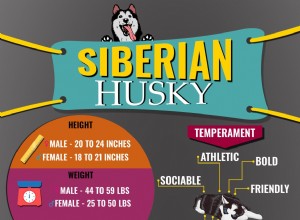
Почему никогда не следует брить сибирскую хаски? Инфографика о сибирских хаски Характеристики породы сибирский хаски Происхождение: Россия (Сибирь) Размер: Средний-большой Группа пород собак: Рабочая группа Породистый: Да Срок службы: 12–14 лет Рост: Мужчина:21–23,5 дюйма, женщина:2